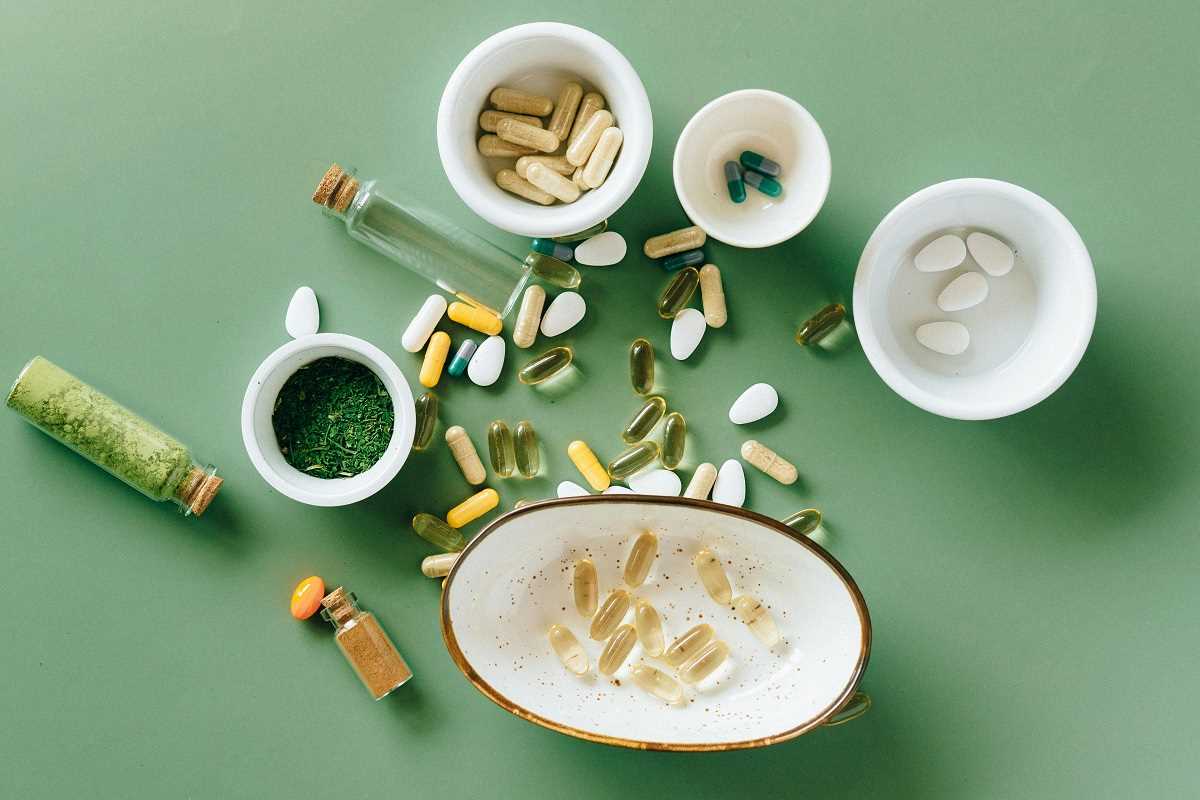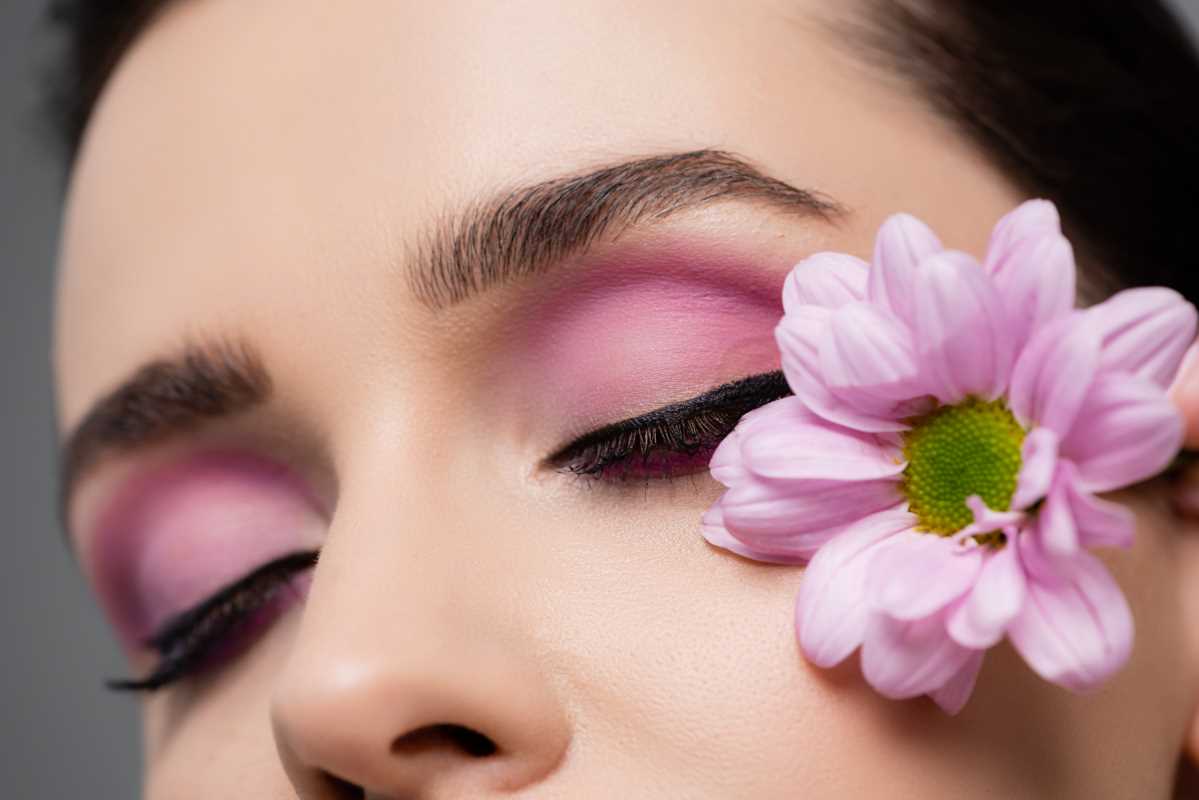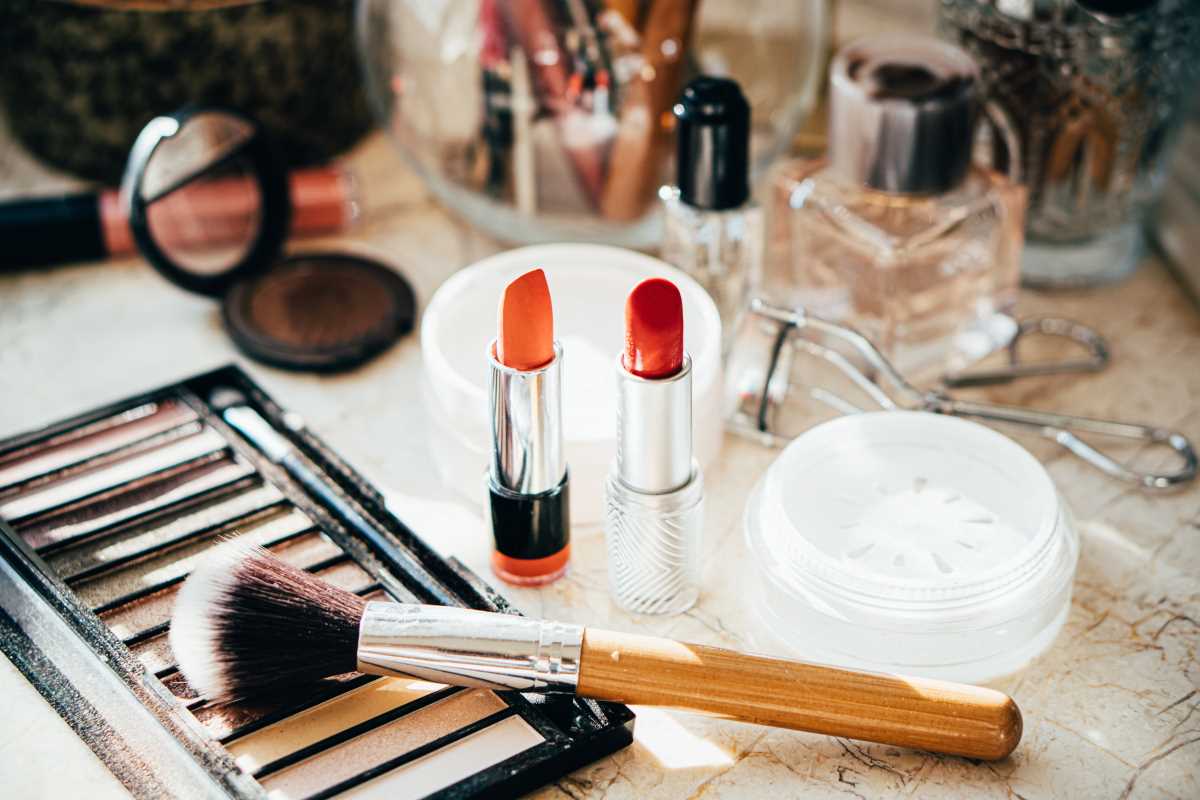For years, the beauty world has focused on aggressive treatments like harsh exfoliants, strong acids, and powerful retinoids to chase the dream of perfect skin. The goal was often to scrub, peel, and resurface our way to a flawless complexion. But a new, gentler approach is taking over, and it’s all centered on a concept that’s fundamental to skin health: the skin barrier. Think of it as your skin’s personal bodyguard. When it’s strong, your skin is calm, hydrated, and glowing. When it’s damaged, you can face issues like redness, dryness, and irritation. Now, a wave of new beauty science is dedicated not to stripping the skin down, but to building it back up. Skin-barrier repair formulas are becoming the heroes of modern skincare, changing how we care for our body’s largest organ.
What Exactly Is the Skin Barrier?
To understand why these new formulas are so important, we first need to get to know the skin barrier. The outermost layer of your skin is called the stratum corneum. A common way to describe its structure is the "brick and mortar" model. The "bricks" are tough, flattened skin cells called corneocytes, which are filled with natural moisturizers. The "mortar" holding these bricks together is a lipid mixture made up of ceramides, cholesterol, and fatty acids. This tightly packed structure forms a protective shield.
This shield has two main jobs. First, it keeps the good stuff in. It locks in water to keep your skin hydrated, soft, and supple. Without a healthy barrier, moisture escapes easily, leading to dehydration and dryness. Second, it keeps the bad stuff out. Your skin barrier is your first line of defense against environmental aggressors like pollution, UV radiation, and harmful bacteria. It prevents these irritants from penetrating deeper into your skin where they could cause inflammation, sensitivity, and damage. A healthy, functioning skin barrier is the foundation of healthy skin.
How Do You Know if Your Barrier Is Damaged?
So, what happens when this protective wall gets compromised? A damaged skin barrier can show up in several ways. You might notice your skin feels constantly tight, dry, or flaky, no matter how much moisturizer you apply. It might become more sensitive, reacting to products that never used to bother you. Redness, itchiness, and inflammation are also common signs. Some people might experience an increase in breakouts, as a weakened barrier can allow acne-causing bacteria to thrive.
What causes this damage? Sometimes it’s the result of overdoing it with skincare. Using too many harsh active ingredients, exfoliating too often, or washing your face with stripping cleansers can wear down the lipid mortar of your skin barrier. Environmental factors also play a big role. Sun exposure, harsh weather conditions like wind and cold, and even low humidity can weaken your skin’s defenses. Stress, lack of sleep, and diet can also impact your barrier health from the inside out. Essentially, a damaged barrier is a sign that your skin is stressed and in need of support.
The Science Behind Barrier Repair Formulas
This is where the new wave of skin-barrier repair formulas comes in. Instead of focusing on treating single issues like wrinkles or acne in isolation, these products are designed to heal and reinforce the skin's fundamental structure. Their goal is to replenish the "mortar" that holds your skin cells together, effectively patching up the holes in your protective shield.
The ingredients in these formulas are carefully chosen to mimic the natural components of your skin barrier. Here are some of the key players:
- Ceramides: These are lipids (fats) that are naturally found in your skin and make up over 50% of its composition. They are a huge part of the "mortar" in the brick-and-mortar model. Adding ceramides back into your skin through skincare helps to replenish what’s been lost, reinforcing the barrier, improving moisture retention, and protecting against irritants.
- Fatty Acids: Ingredients like linoleic and oleic acid are other essential components of the skin's lipid matrix. They help maintain the skin's elasticity and smoothness. When applied topically, they help to restore the barrier's integrity and calm inflammation.
- Cholesterol: While we often think of cholesterol as bad for our bodies, it is a necessary component of a healthy skin barrier. In skincare, it works together with ceramides and fatty acids to help keep the skin hydrated and resilient. Formulations that combine all three of these lipids in the right ratio are particularly effective at repairing barrier function.
- Niacinamide: Also known as vitamin B3, niacinamide is a versatile ingredient that does a lot for the skin. It helps the skin produce more of its own ceramides, strengthening the barrier from within. It's also known for its ability to reduce inflammation, minimize redness, and improve skin texture.
- Hyaluronic Acid and Glycerin: These are humectants, which means they draw moisture into the skin. While they don't directly repair the lipid barrier, they provide intense hydration, which is vital for healing. A well-hydrated skin environment supports the barrier's natural repair processes.
These ingredients work together to soothe, hydrate, and fortify the skin, allowing it to heal itself. The focus shifts from aggression to support, giving your skin the tools it needs to function at its best.
Integrating Barrier Repair into Your Routine
Adding barrier-supporting products to your skincare routine doesn't mean you have to throw everything else out. It’s about creating balance. You can still use active ingredients like retinoids or acids, but it's wise to do so more mindfully. For example, you might use your active treatment one night and a barrier repair cream the next night to give your skin time to recover.
A gentle, hydrating cleanser is a great starting point for a barrier-friendly routine. Look for cleansers that are pH-balanced and free from harsh sulfates that can strip the skin of its natural oils. After cleansing, you can apply a serum or moisturizer packed with ceramides, niacinamide, and other soothing ingredients. These products are often formulated as creamy serums, rich creams, or even balms.
If your barrier is severely damaged, it may be best to take a break from all active ingredients for a few weeks. Simplify your routine down to the basics: a gentle cleanser, a barrier repair moisturizer, and sunscreen during the day. This gives your skin the space it needs to heal without any added stress. Once your skin feels calm and comfortable again, you can slowly reintroduce your other products. This new focus on skin health is teaching us to listen to our skin and give it what it needs, rather than just what we want to fix.
 (Image via
(Image via





